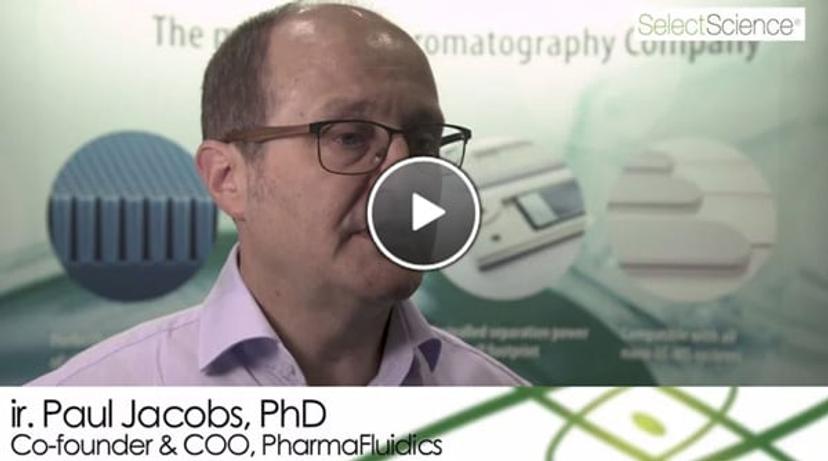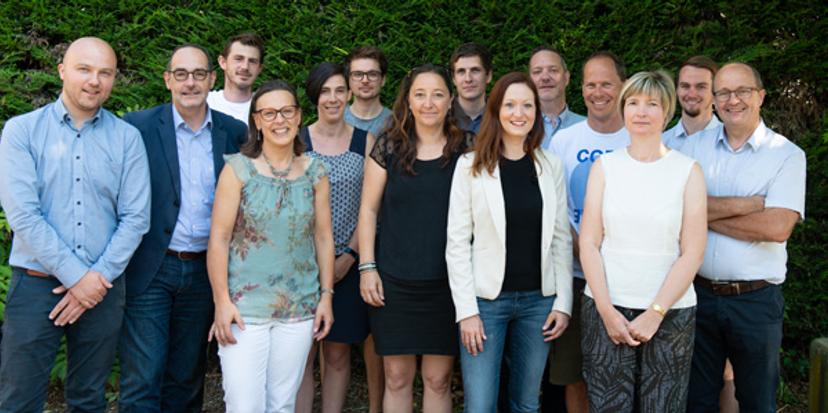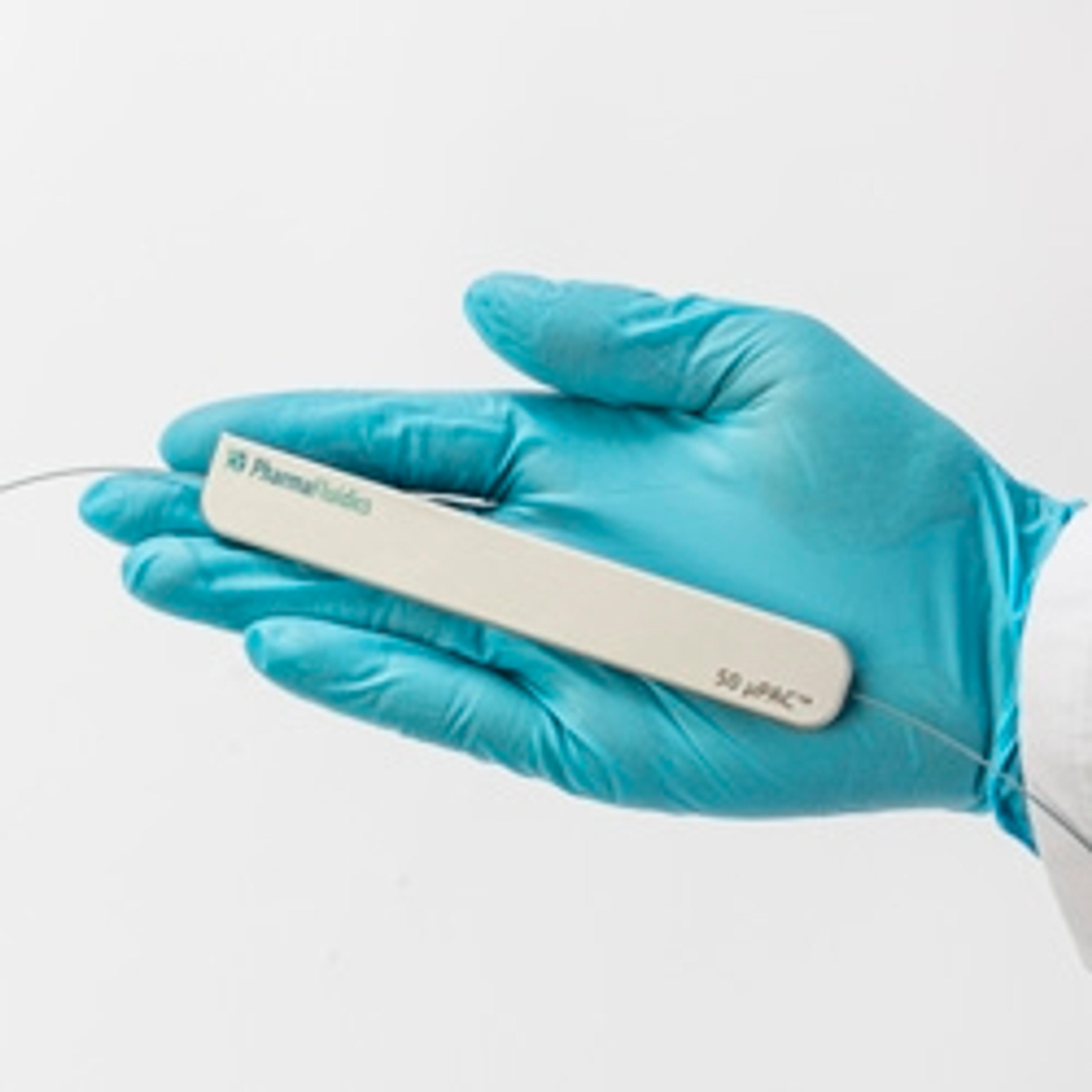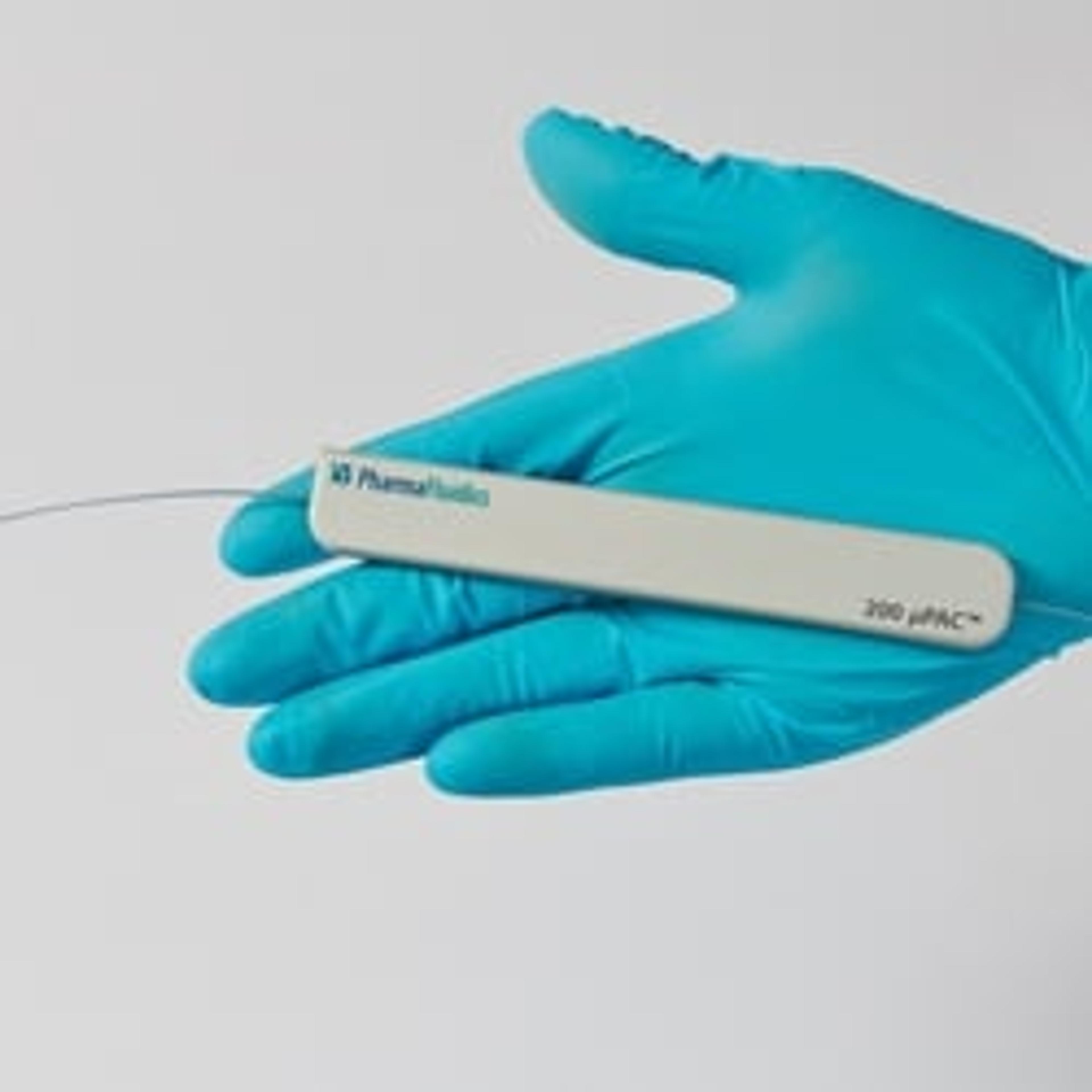How Engineers Developed a Disruptive Technology to Separate Samples
Meet Paul Jacobs, a pioneering engineer at the heart of the revolution in separations, and discover his journey to unprecedented resolution in LC-MS
15 Oct 2018
Proteins and metabolic compounds are considered robust forms of biomarkers. Efforts in proteomic and metabolomic profiling, however, are met with a challenge alien to the field of genomics. While PCR serves as a powerful amplification technique in genomics, the absence of molecular amplification in proteomics and metabolomics means that researchers rely heavily on sensitive detection of a biomarker during analytical separation.
Liquid chromatography (LC) and mass spectrometry (MS) are important techniques aiding proteomics and metabolomics research. In addition to the analytical columns used for LC separation, micro pillar array columns by PharmaFluidics have enabled unprecedented separation and efficiency of complex analyses, offering maximal separation of samples, and ultimately taking scientists one step closer in their hunt for a biomarker.
In this interview, we speak with Paul Jacobs, Co-Founder and COO of PharmaFluidics, about how the company came about when he was an independent engineer working for several labs and organizations and how micro pillar array columns now help other scientists in their biomarker discovery research.

How was PharmaFluidics founded?
After completing my Ph.D. in the engineering of biosensors, I spent 15 years working in industry, developing diagnostic sensors and microfluidic devices. Later on, PharmaFluidics was founded, when Professor Gert Desmet from the University of Brussels, who I knew from his pioneering work in shear-driven chromatography, contacted me. Together with Professor Wim De Malsche, who had been translating Gert’s models into micromachined prototypes, we concluded, after a discussion in Brussels Airport, that it would be interesting to combine my expertise in the industrialization and development of microfluidic devices and miniaturized sensors for life sciences, with their knowledge and ideas in chromatography and micromachining.
Our initial concepts were centered around mastering laminar flows in wide and shallow channels. It wasn’t long before we decided to focus on the chromatography applications and we were able to convince some investors to help the company to successfully launch this very exciting micropillar array column technology. Now, as the COO, I’m involved in a very wide list of day-to-day tasks and I’m keeping quite a few plates spinning in the air.
When you co-founded PharmaFluidics, what was your vision for the company?
Our vision was to bring the technology to the level of a commercial product that provides significant improvements for separation and analysis of complex biological samples. In that respect, I was very lucky to be able to build an enthusiastic team of skilled people to bridge the gap between the academic proof-of-principle and a product that is end-user ready. The products we offer, micro pillar arrays columns, are changing biological analysis workflows. They will continue to do so for an increasing number of applications.
Tell us about the technology that PharmaFluidics specializes in.
At its core, our know-how is the knowledge to design and manufacture miniaturized separation columns by silicon micromachining. So, the end product is a high-quality separation column which can be used for the analysis of complex biological samples. The application is currently limited to nano-flow but we’re expanding our portfolio.

What benefits do PharmaFluidics columns bring to scientists?
The way we produce these columns is different from how packed bed columns are manufactured. We carefully design the backbone of the stationary phase, and we transfer the design onto a silicon wafer using technologies which are similar to those used in sensors found in cars or smartphones. We can create complete order in the separation beds – which means the separation becomes more efficient.
I was very lucky to be able to build an enthusiastic team of skilled people to bridge the gap between the academic proof-of-principle and a product that is end-user ready.
Paul Jacobs, COO and Co-Founder PharmaFluidics
The first benefit the user will have is higher separation power or higher resolution, bringing more sensitivity and a higher dynamic range for what people can detect in their sample. The technology offers reproducibility, so we can bring complex analyses closer to routine use for scientists. Our technology also imparts standardization to a number of workflows which are otherwise cumbersome to run.
The fact that the columns are machined out of a monolithic silicon block makes them very robust. Such a longevity of the column is important for the user, as it eliminates the need to replace columns, especially in the middle of large research projects, such as in biomarker discovery.
What are the most common scientific applications for micro pillar array columns?
Biomarker research is the first important application as the micro pillar array column performs exceptionally well in that segment. It’s applicable to dig deeper into the proteome or metabolome or lipidome. The columns also work well in cases where you want to detect minor contaminations or very subtle variations between biomolecules. We are expanding our portfolio to somewhat higher flow ranges where there is the benefit of extreme reproducibility, and the columns can be used for quality control applications.
Download app notes to discover the analytical performance of PharmaFluidics' micro pillar array columns in terms of robustness and efficiency >>
- μPAC™ Column Robustness in Bottom-Up Proteomics
- µPAC™ Column Performance with Peptide Standards
Is there something that users of micropillar columns can do now, that they couldn’t before?
Users regularly report that they’ve seen an increase in the number of analyte identifications within a single run using the micropillar array columns, with even limited samples. We often receive feedback that a difficult compound, such as an isomer of a lipid, could be separated — something the lab couldn’t do before. The 20-25% reported increase in the number of unique identifications increases the probability of finding a biomarker within a sample which is akin to finding a needle in a haystack.

What’s the future of PharmaFluidics?
I’m convinced that the technology of PharmaFluidics will continue to play a role in how biological and chemical analysis will be performed in the future. With our ideas on miniaturization, automation and user-friendliness, I’m sure that the technology will find its place as the core of many workflows, to serve the next generation of scientists.
Does it feel surreal to live a full-circle moment – you were once a scientist, developed a technology with potential to help other scientists, and finally co-founded a company that now serves a clientele of scientists?
Yes! Not just full circle, it’s as if you’re living a dream. If only I had known when I was younger that I’d help start a company and bring it to the phase that it’s in now. It feels great that we took the opportunity, showed initiative and just did it. We managed to engage a number of value-adding investors, and with their continuing support, keep on developing the company — and look how far it’s come! I am grateful to be a part of that journey.
Learn more about PharmaFluidics and the micro pillar array columns.


